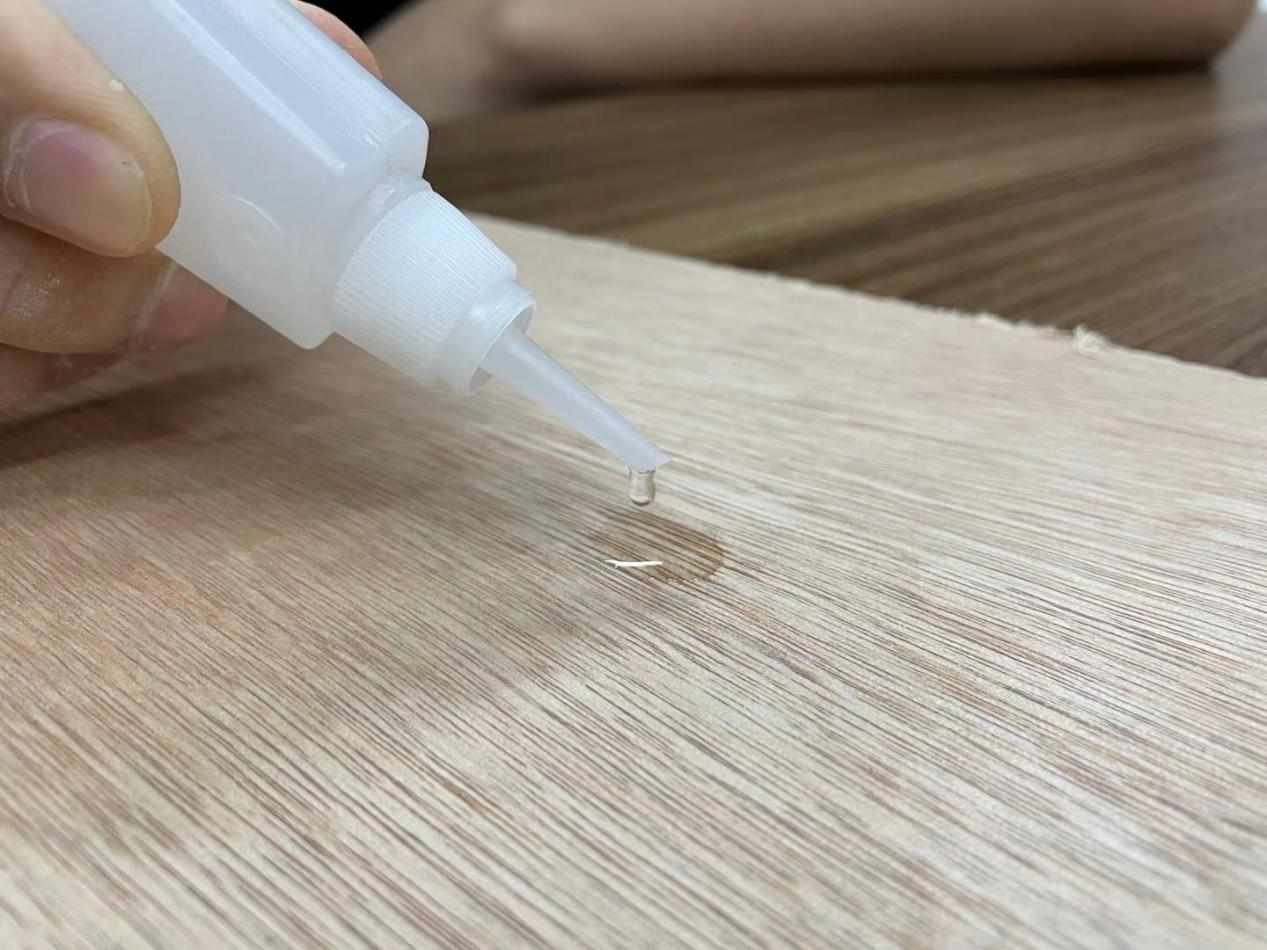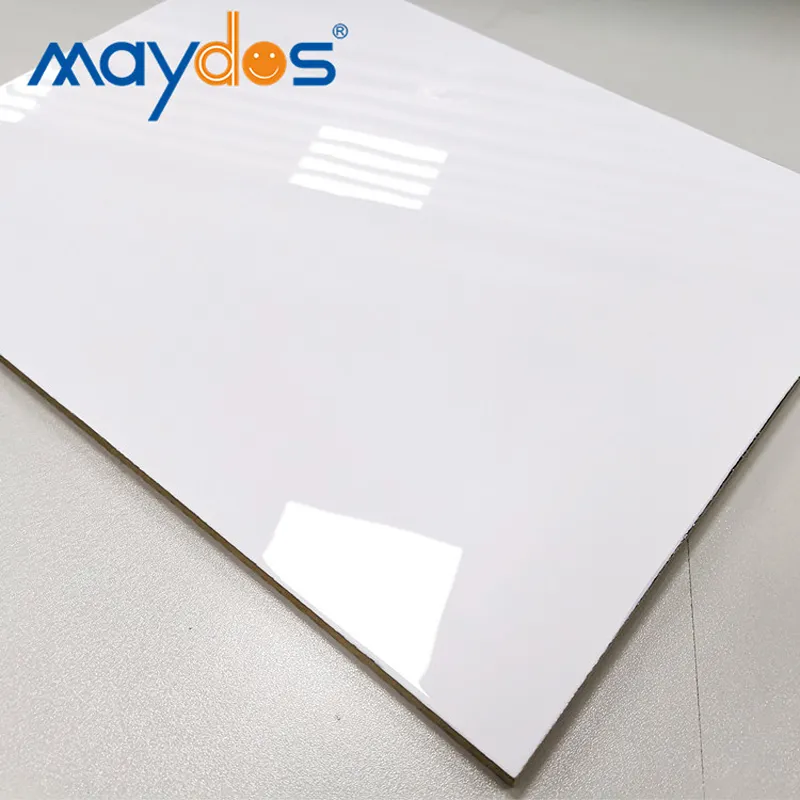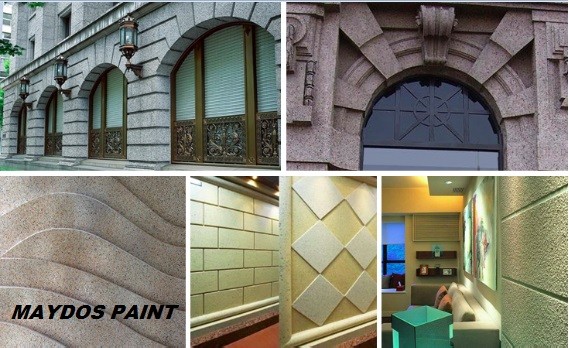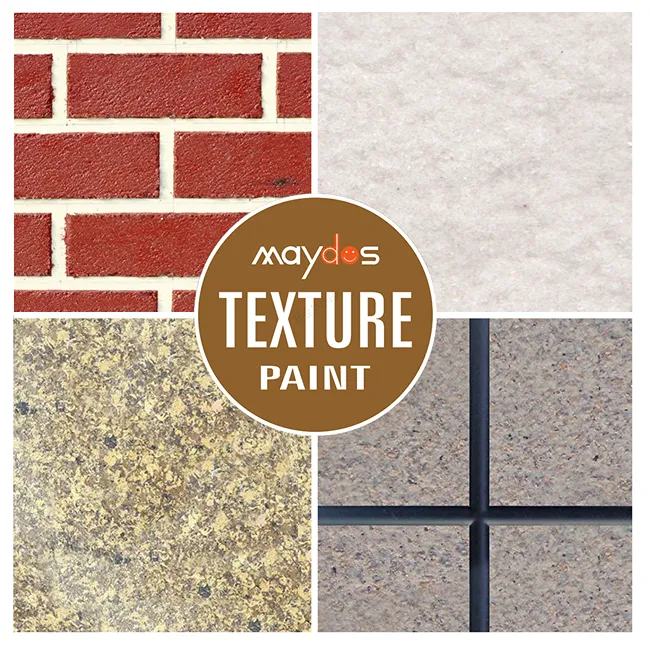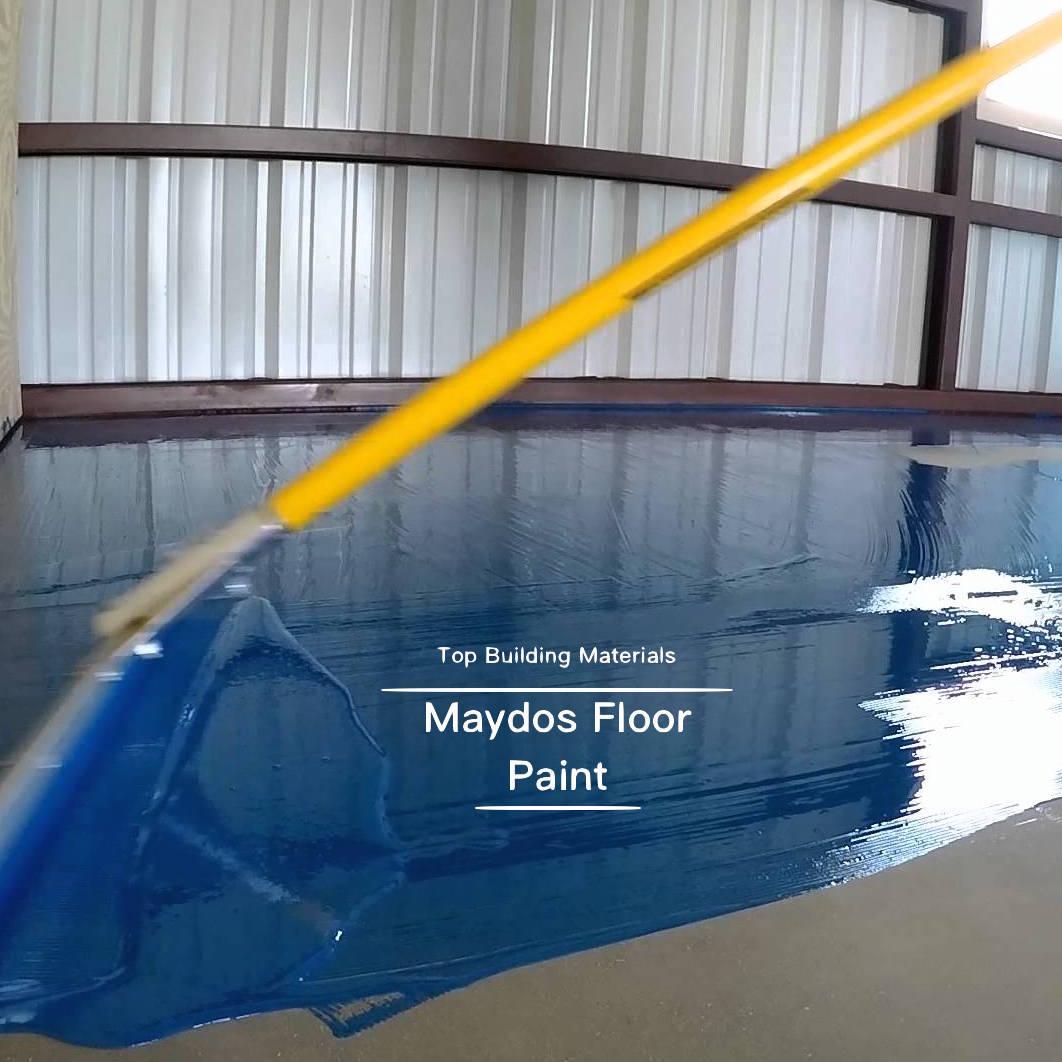Super Glue is a common type of adhesive, and its name may vary by region or brand (such as “instant adhesive”, “Super Glue”, etc.). It usually refers to fast-curing adhesives with Cyanoacrylate as the main component, such as the well-known “502 glue”. The following is a detailed introduction to its characteristics and application fields:
—
### **1. Characteristics of Super Glue **
– ** Rapid curing ** : Cures within seconds to minutes after coming into contact with moisture in the air at room temperature, suitable for emergency repairs.
– ** Strong Adhesion ** : It has excellent adhesion to various materials such as metal, plastic, rubber, ceramics, and wood.
– ** Single-component without mixing ** : Ready to use upon opening the lid, convenient to use.
– ** Limited heat resistance ** : Generally can withstand -40℃ to 120℃, and may soften at high temperatures.
– ** Brittleness ** : After curing, it has high hardness but poor toughness, and is not resistant to impact or bending.
—
### 2. Main Application Fields
#### ** (1) Daily household **
Repair shoes, toys, plastic products, ceramic tableware, etc.
Fix small items such as jewelry and spectacle frames.
#### ** (2) Industry and Manufacturing **
– ** Electronics Industry ** : Fixing circuit board components and bonding small electronic parts.
– ** Automobile Repair ** : Temporary bonding of plastic parts, rubber sealing strips, etc.
– ** Mold Processing ** : Temporary positioning or repair of molds.
#### ** (3) Medical field ** (requires special medical grade)
– Used for skin incision closure (as an alternative to suturing), such as cyanoacrylate medical adhesive.
#### ** (4) Handicraft and model making **
– Bond model parts (such as plastic models, aircraft models), but be aware that certain materials (such as PS plastic) may be corroded.
—
### 3. Precautions for Use
– ** Safety Protection ** : Avoid contact with skin or eyes (may cause burns), and ensure good ventilation when in use.
– ** Storage ** : Store in a sealed container in a cool and dry place to prevent premature curing.
– ** Surface treatment ** : Clean the surface of the objects to be bonded before bonding to ensure there is no oil or dust.
– ** Removal Method ** : Residual glue can be removed with acetone (nail polish remover) or a special de-gumming agent.
—
4. Common Types
– ** General-purpose ** (such as 502 glue) : Suitable for most non-porous materials.
– ** Flexible smooth drying adhesive ** : After curing, it has a certain degree of toughness and is suitable for components that need to be bent.
– ** High-temperature resistant type ** : Can withstand higher temperatures (such as above 150℃).
– ** Low whitening type ** : Used for transparent materials to reduce the white fog phenomenon after curing.
If you need more specific uses or brand recommendations, please feel free to provide additional explanations on the usage scenarios!
